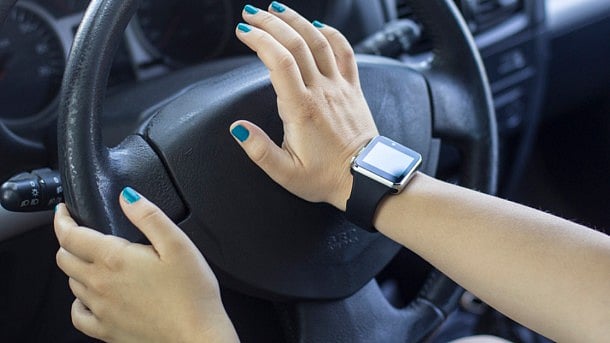
Representative image.
Credit: iStock Photo
The total number of vehicles in India reached 326.3 million in 2022. Two-wheeler sales alone increased from around 135 to 158 million units in 2022–23 compared to the previous year, marking a 17 percentage point increase. The sales of three-wheelers, passenger vehicle sales, utility vehicles, vans, commercial vehicles, medium and heavy commercial vehicles, and light commercial vehicles all saw substantial increases compared to the previous year, despite limited improvement in road infrastructure and conditions. India’s current road length is about 33 lakh km.
Compared to roads in developed countries, Indian roads are completely different. Most Indian cities have over 80 per cent personalised transport vehicles such as two-wheelers and cars, while developed countries offer efficient public transport options with dedicated tracks or lanes. The number of vehicles per 1,000 people in India rose from 8 in 1981 to
167 in 2015 and 225 in 2019. However, traffic laws are not strictly enforced or followed, leading to chaos and confusion on the roads.
Amid this chaos, honking has become a means of communication for drivers on Indian roads, signalling “Watch out, I’m moving!” It is a means of communication between motorists and pedestrians on the road. This is mostly because Indian drivers rely more on their ears than their eyes. Indian roads are often considered unsafe without honking because drivers don’t follow traffic rules.
In my case, I have been driving a 4-wheeler in Jaipur, Rajasthan, for two decades. Like in any other Indian city, negotiating with a variety
of road users like pedestrians, cyclists, vegetable carts,
camel carts, and different types of small and heavy vehicles, in addition to a large number of stray cattle, is a daily challenge.
Honking serves two main purposes: protecting oneself from reckless drivers of huge vehicles, and alerting vulnerable road users, like pedestrians, cyclists, two-wheelers, and e-rickshaws, who are encroaching your lane. Of course, chasing stray animals away is the third reason.
Since many motorists disregard traffic rules, lane discipline, or the use of rear-view mirrors, and tend to rely more on their ears than their eyes, honking becomes essential to make their presence known. For example, if a vehicle on your right side is trying to overtake you and you decide to let the vehicle pass by changing lanes to the left, there is a chance that there is a vehicle on the left trying to overtake from the left. So, as soon as you change lanes, the driver to your left will immediately honk to warn you about his presence.
Pedestrians, too, tend to be careless. They might not be aware of their surroundings, be listening to music, texting, or looking in another direction. So, motorists are afraid to cross them without honking, as they might cross the road without a signal, which might lead to a fatal accident.
Two-wheelers, along with slow-moving vehicles like rickshaws and bicycles, are the worst, as they will not care a bit to signal before changing lanes. And there are by-lanes everywhere; any vehicle might be driving out of these onto the main roads.
Drivers honk at turns to warn the driver on the other side of the blind turn about their existence. Another new trend is that as soon as a vehicle stops at a red light, many of the drivers start checking their mobile phones. Many times, they are unaware of the change of the signal to green, so you need to honk to make them move if you are behind.
Though unnecessary honking, the use of modified silencers or air horns, and honking in the night need to be strictly regulated, honking is necessary to drive on Indian roads, which contributes towards ensuring safety on the roads.
(The writer is a consumer activist and road safety expert)